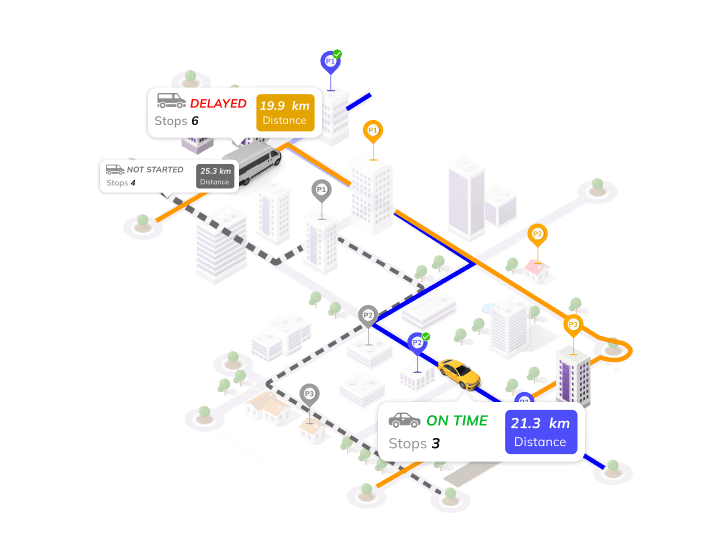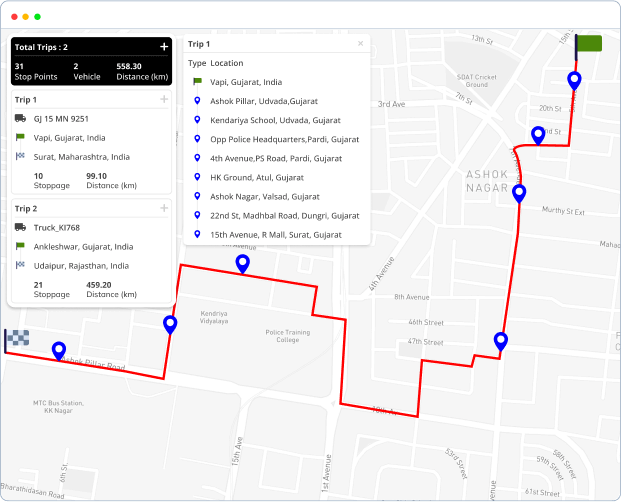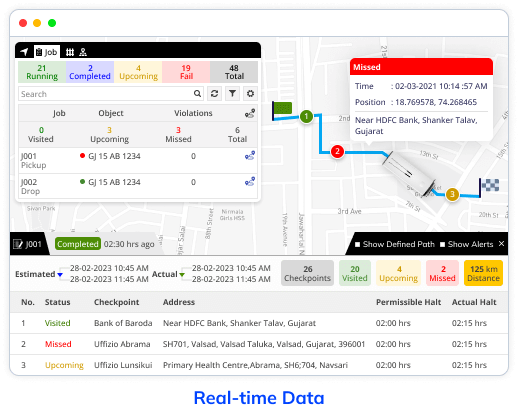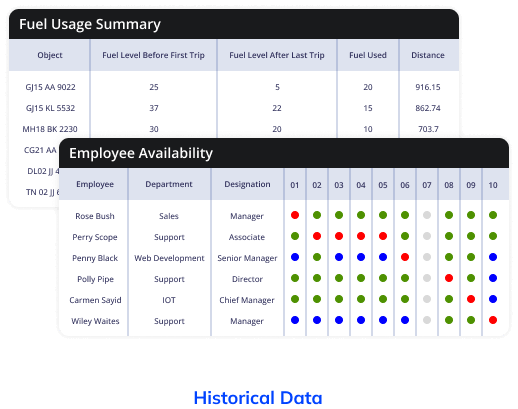Many organizations provide employee transport services to ensure that their employees can reach the workplace safely and on time. However, managing the transport schedule for a large workforce can be challenging, especially when the routes are complex and there are multiple pick-up and drop-off locations. Inefficient routing can result in delays, increased fuel consumption, and higher costs. To address these challenges, organizations can use route optimization software to streamline their employee transport services.
Introduction
Challenges
Inefficient Routing: The organization’s current routing system is inefficient, resulting in longer travel times, increased fuel costs, and reduced productivity.
Inaccurate Scheduling: The organization struggles with inaccurate scheduling, resulting in delays, missed pickups, and dissatisfied employees.
Poor Visibility: The organization lacks visibility into vehicle and driver performance, making it difficult to track vehicle utilization and ensure compliance with safety regulations.
Challenges

Solution
To address these challenges, the organization implements a route optimization module within its fleet management software. This module offered several features, including:
Multi-Stop Routing: The route optimization module optimized routes based on the number of stops, distance, and traffic patterns. This results in shorter travel times and reduced fuel consumption.
Real-Time Tracking: The module provided real-time tracking of vehicles and drivers, giving the organization better visibility into vehicle and driver performance.
Multiple Checkpoint Allocation The software allows to allocate multiple pickup and drop points. This ensures that pickups and drop-offs are accurate and timely.

Results
Improved Efficiency: The new routing system results in shorter travel times, reduced fuel consumption, and increased productivity.
Increased Visibility: The organization gains better visibility into vehicle and driver performance. It enables to track vehicle utilization and ensure compliance with safety regulations.




